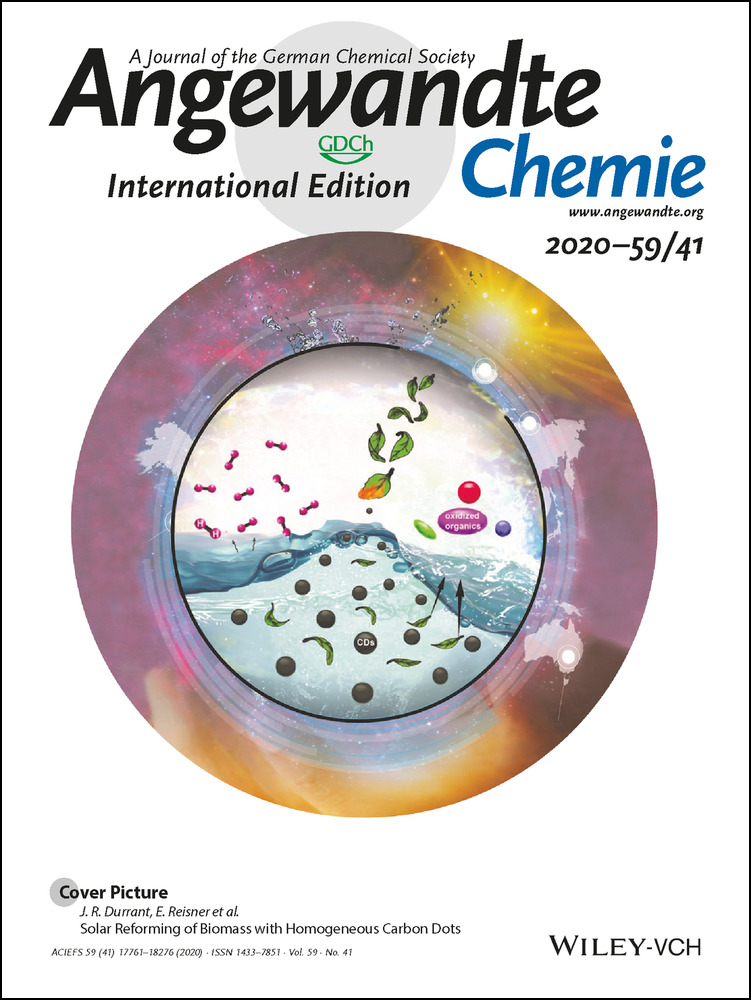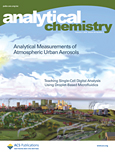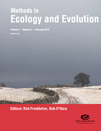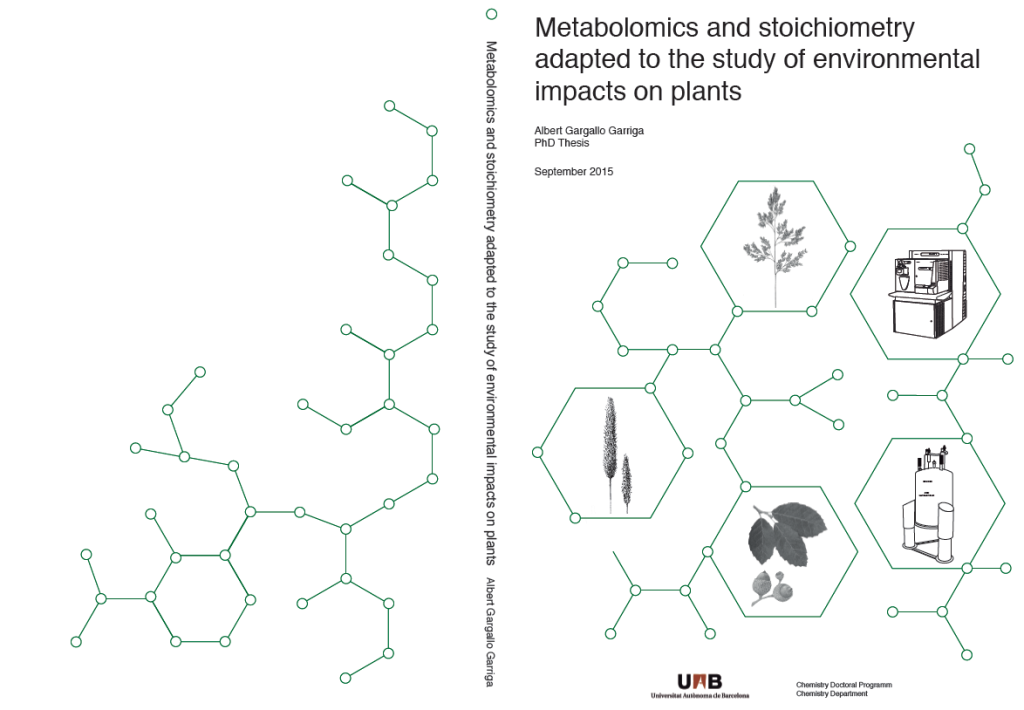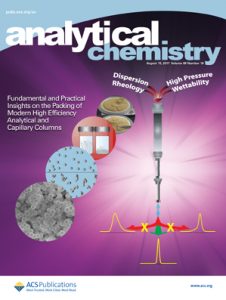 “Direct Monitoring of Exogenous γ-Hydroxybutyric Acid in Body Fluids by NMR Spectroscopy” by M. Palomino-Schätzlein, Y. Wang, A. Brailsford, T. Parella, D. Cowan, C. Legido-Quigley, M. Pérez-Trujillo. Anal. Chem., 2017, 89 (16), pp 8343–8350. DOI: https://dx.doi.org/10.1021/acs.analchem.7b01567
“Direct Monitoring of Exogenous γ-Hydroxybutyric Acid in Body Fluids by NMR Spectroscopy” by M. Palomino-Schätzlein, Y. Wang, A. Brailsford, T. Parella, D. Cowan, C. Legido-Quigley, M. Pérez-Trujillo. Anal. Chem., 2017, 89 (16), pp 8343–8350. DOI: https://dx.doi.org/10.1021/acs.analchem.7b01567
γ-Hydroxybutyric acid (GHB) is a popular drug increasingly associated with cases of drug-facilitated sexual assault (DFSA). Currently, expanding procedures of analysis and having forensic evidence of GHB intake in a long term are mandatory. Up to now, most studies have been performed using GC/MS and LC-MS as analytical platforms, which involve significant manipulation of the sample and, often, indirect measurements. In this work, procedures used in NMR-based metabolomics were applied to a GHB clinical trial on urine and serum. Detection, identification, and briefly quantification of the drug by NMR methods were surveyed, as well as the use of NMR-based metabolomics for the search of potential surrogate biomarkers of GHB consumption. Results demonstrated the suitability of NMR spectroscopy, as a robust nondestructive technique, to fast and directly monitor exogenous GHB in almost intact body fluids and its high potential in the search for metabolites associated with GHB intake. This initial work show some strengths of NMR spectroscopy and standard methods routinely used in the NMR analysis of biological samples to approach the problem. These features could open up new interesting possibilities in future studies, complementing current procedures.
This work on media: spectroscopynow.com / phys.org / sciencedaily.com / canadafreepress.com / forensicmag.com / cbinsights.com


